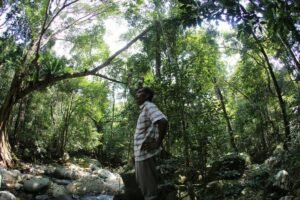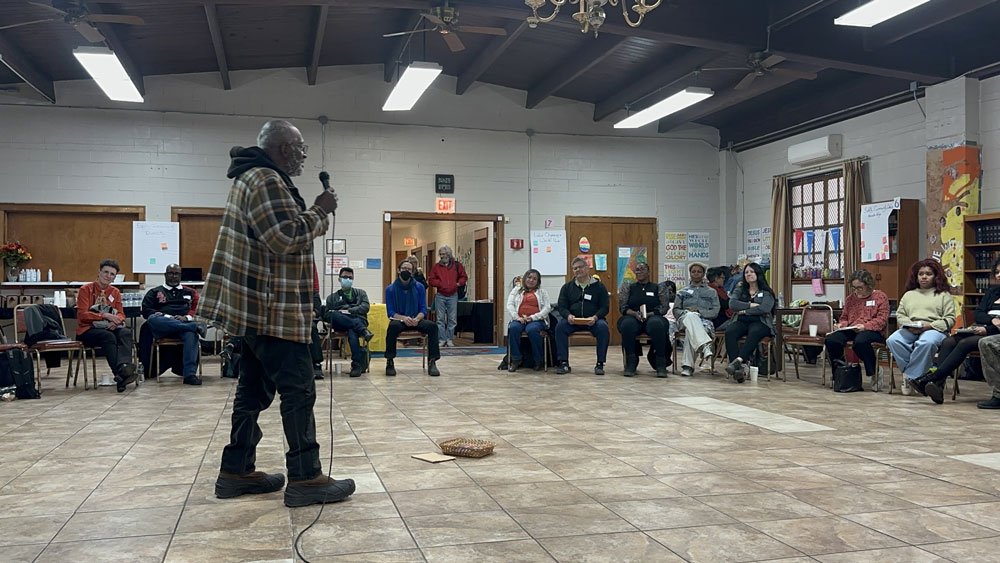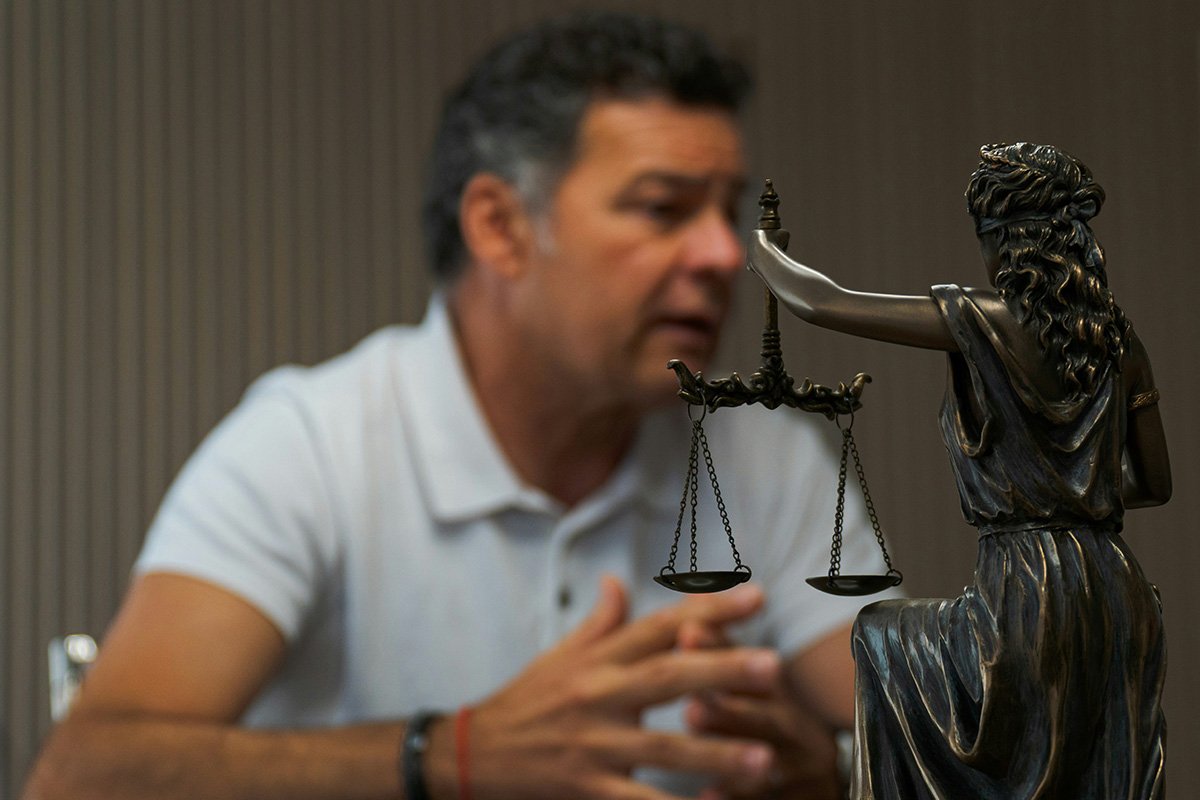
August 13, 2020; New York Times
Members of the White Mountain Apache nation in eastern Arizona have contracted an estimated 2,235 cases of the novel coronavirus, nearly 15 percent of the Native nation’s population, yet their death rate from COVID-19 is considerably lower than the state as a whole (1.3 percent of cases versus 2.1 percent statewide).
Why is this? There are two main reasons. One reason, as detailed in a recent article in the New England Journal of Medicine, is intensive contact tracing. A second reason, explains Gina Kolata in the New York Times, involves the widespread use by contract tracers of an oximeter, a tool that can be clipped to a finger and can detect low blood oxygen levels in people, even if they don’t know that they are ill.
Dr. Arnold Monto, a professor of epidemiology and public health at the University of Michigan who was not involved in the project but reviewed the findings for Kolata, notes that the approach is less about using contract tracing to stop COVID-19 spread per se and more about treating people early.
“This could help with other hard-to-reach communities,” he tells Kolata. “If we identify cases sooner, they won’t come in half-dead with horrible lungs.”
The White Mountain Apache contact-tracing team includes 30 members that go to people’s homes daily. Each team includes a doctor and, when possible, at least one trusted community member who speaks the Apache language.
Dr. Ryan Close, an Indian Health Service physician, notes that, “Contact tracing is a moderate end in itself, but the primary objective is to identify the high-risk individual.” If, on a home visit, the contact tracing team finds that someone has a low oxygen level, that person is taken to the hospital for oxygen therapy immediately, even if other symptoms remain hidden from view.
Many White Mountain Apache live in multi-generational households with limited space—conditions that make avoiding contracting the novel coronavirus difficult. As Close and coauthor Miles Stone in the New England Journal of Medicine explain:
Sign up for our free newsletters
Subscribe to NPQ's newsletters to have our top stories delivered directly to your inbox.
By signing up, you agree to our privacy policy and terms of use, and to receive messages from NPQ and our partners.
Crowded home environments are a part of life in our community. It’s not uncommon for eight or more people to live in a two-bedroom house, so self-isolation is nearly impossible. Several families in our community set up camping tents in their yards to quarantine infected household members, but the sharing of bathrooms and eating utensils contributed to secondary household attack rates above 80 percent. Nearly every household here includes a grandparent, and many include a great-grandparent. It’s rare to encounter a patient with COVID-19 who doesn’t live with at least one high-risk person.
The contract tracing team routinely tests household members for COVID-19 if a family member has contracted the virus. But if the coronavirus test comes back negative, but the oximeter identifies low oxygen levels, the White Mountain Apache medical team has learned to believe the oximeter reading over the coronavirus test.
Kolata relates the story of Rolland Armstrong, 55 and his wife Ramona, 54. When Rolland was discharged from the hospital, contact tracers saw his wife was not doing well. Ramona, she notes, “had tested negative for the coronavirus, but now Close did not believe the lab results … Her oxygen level was lower than her husband’s had been. She ended up staying nine days in the hospital as she recovered from COVID-19.”
Monto notes that, “The higher impact in populations [of color] is not based on increased susceptibility of these populations, but rather higher infection rates and poorer outcomes based on late detection and underlying conditions.”
Of course, while the intensive contact tracing has reduced mortality, early intervention does not save everyone. Chelsea Curtis of the Arizona Republic reports that 38 residents on White Mountain Apache land contracting the disease have died.
Still, it is clear that early intervention has saved lives—and that similar strategies in other communities have the potential to be similarly effective.
Dr. Vincent Marconi, who directs infectious diseases research at Emory University in Atlanta, tells Kolata that the results are “incredible.” Marconi adds that if the White Mountain Apache approach lowers the death rate, “then absolutely, without a doubt, this needs to be replicated elsewhere.”—Steve Dubb











